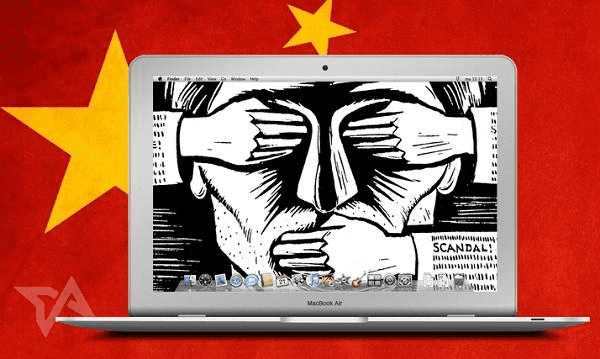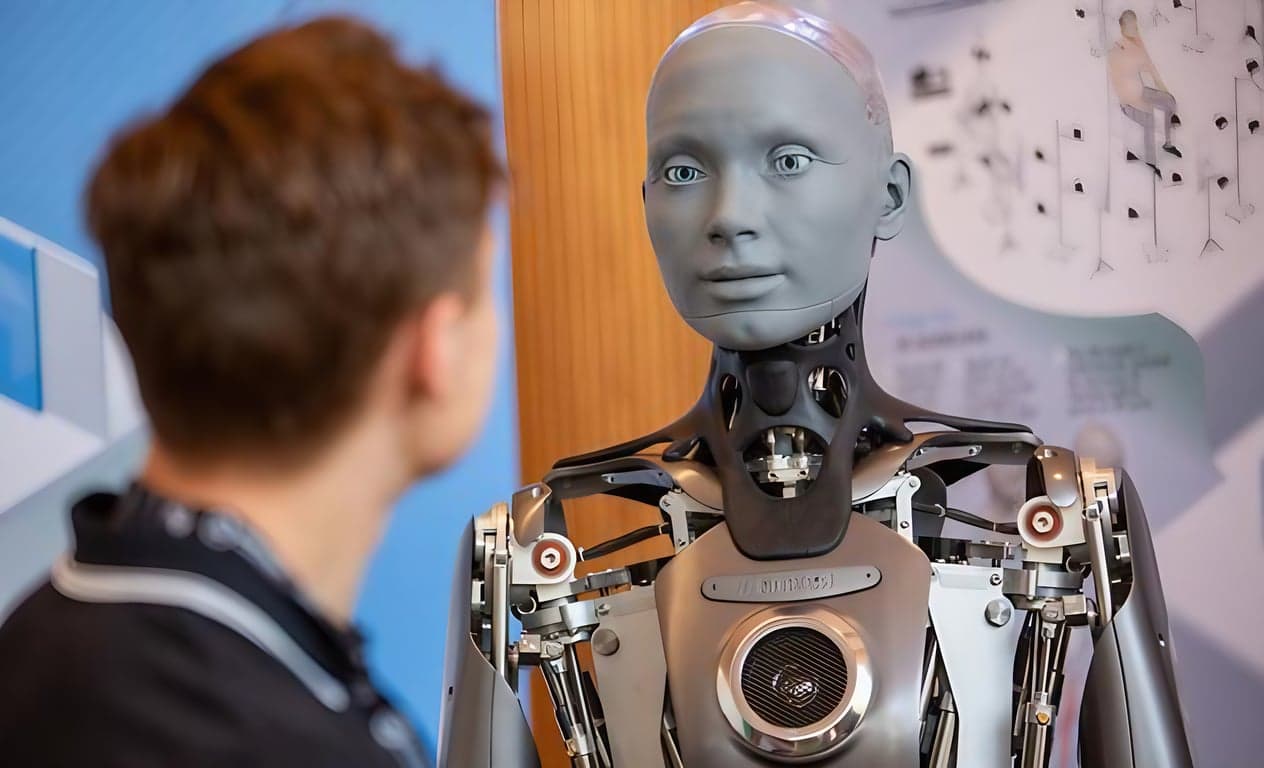
India’s vast landscape and diverse communities have long been a disarray of untold stories, like threads scattered in a tapestry. But with the arrival of Aadhaar, a new harmony emerged, like a blissful sunrise after the darkness of night, uniting millions with a single, unique link of recognition.
Aadhaar is India's Unique Identification Project and the world’s largest biometric-based identification program. Launched on January 28, 2009, under the UPA (United Progressive Alliance) government, the project aimed to prevent leakages in social welfare programs by accurately identifying beneficiaries through stored data. Aadhaar has since become a revolutionary tool, an integral part of our daily activities, available in both offline and online modes, including online verification via QR code and a mobile application.
As informed citizens, we must understand the significance of this initiative and its many facets, as Aadhaar has now become central to our lives. The issuing agency of Aadhaar is the UIDAI (Unique Identification Authority of India), which functions under the central government. The main data center is located in Manesar, Haryana, where individuals’ information is stored in a central database. Aadhaar, literally meaning "foundation of any distribution system by the government," is a unique 12-digit identification number that includes demographic details (name, age, gender, address, mobile number) and biometric information (fingerprints, retina scan, and face photo). Children under five are issued a blue-colored Aadhaar card.
The benefits of Aadhaar go beyond just identifying people eligible for subsidies like LPG, kerosene, fertilizers, and grain procurement through the Public Distribution System. The availability of these benefits has been made easier by linking one's bank account to Aadhaar through Direct Benefit Transfer (DBT). This has been a major milestone, as the government has successfully saved a large amount previously lost due to middlemen. Aadhaar has also helped curb leakages by identifying fake ration cards, LPG connections, and bogus pension holders. It plays an essential role in executing welfare programs such as MNREGA, Mid-Day Meal, Indira Awas Yojana, and many more.
With Aadhaar, one can check their bank balance directly through the bank’s mobile application using the registered phone number. This identity proof has become crucial for travel, offering nationwide portability. The Election Commission has also initiated a campaign to link voter cards with Aadhaar, reducing paperwork, enhancing transparency, and saving time. Aadhaar is paving the way for India’s digitalization. In the future, data related to criminal cases could also be uploaded alongside other personal information. Users can easily update non-static information like their address and retrieve their Aadhaar card if lost.
In today’s world, submitting Aadhaar has become mandatory in almost every area, raising important concerns about data security. One major issue is the hacking and misuse of personal information, which poses a threat to national security. Another concern is the glitches in biometric data, which often prevent deserving individuals, especially senior citizens, from accessing benefits. This is because their physical characteristics—such as skin, face, and fingerprints—change over time, affecting their ability to authenticate.
In 2012, K.S. Puttaswamy, a retired judge from the Karnataka High Court, filed a petition in the Supreme Court, claiming that the Aadhaar Act violated an individual’s Right to Privacy. This sparked mixed opinions—some in favor and some against the scheme. Concerns arose, particularly regarding Aadhaar’s linkage to PAN cards and mobile numbers, which could allow the Income Tax Department to access an individual’s bank statements, location, conversations, and more.
The case was split into two parts: one to challenge the validity of the Aadhaar Act, and the other to deliberate on whether the Right to Privacy is a fundamental right. To decide on the constitutional question, “Is the Right to Privacy a Fundamental Right?”, a bench of nine judges was constituted. Among the objections raised by K.S. Puttaswamy was the lack of safety measures to protect the data stored in a central database. He also highlighted concerns that private entities could use this data for anonymous authentication and malpractices. Furthermore, the use of Aadhaar data in various areas is not strictly regulated by the government.
On September 26, 2018, the Supreme Court declared the Aadhaar Act valid, ruling that providing demographic and biometric data did not violate any fundamental rights. The Attorney General of India, R. Venkataramani, argued that there is no concept of "Right to Privacy" under the Indian Constitution in this context. However, in the 2017 K.S. Puttaswamy v. Union of India case, the Supreme Court overruled previous judgments in MP Sharma (1954) and Kharak Singh (1964), which had ruled that the Right to Privacy was not a fundamental right. The Court recognized the Right to Privacy as a fundamental right under Article 21 of the Indian Constitution, affirming that privacy is essential for the exercise of individual freedoms and dignity.
That being said, a crucial question remains: Have we truly implemented the Right to Privacy, or are we living under the illusion of freedom?
In 2024, it was reported that the data of 800 million Indians was up for sale on the dark web, affecting more than half of the country's population. The identity of the individual behind the leak remains unknown, with an alias exploiting cybersecurity vulnerabilities. Experts pointed to the ICMR (Indian Council of Medical Research) as the source of the breach, suggesting that the data came from COVID-19 tests. The ICMR collected personal IDs, typically through Aadhaar cards, during the pandemic, and this database appears to have been compromised. The stolen data was accessed via Telegram bots, which provided Aadhaar numbers upon request. While the bots have been shut down and a few individuals detained, the incident highlights the growing risks of data breaches as more people move online.
In another controversy, Apple settled for $95 million in response to allegations that its Siri virtual assistant was eavesdropping on users' private conversations without consent. Apple denied any wrongdoing, stating that it settled to avoid further litigation. Additionally, many individuals, including some prominent figures in India, received a message warning them that "someone is trying to hack into your system" via Apple’s Threat Notification System, introduced in 2021. While the warning was serious, its vague language—saying "state-sponsored attackers may be targeting your iPhone"—sparked political debates. Apple, however, shrugged off responsibility, claiming they were unaware of the breach’s origins.
This is a critical issue for a nation like India, which lacks a comprehensive security law and legislative framework to address large-scale data leaks affecting such a diverse population. As more Indians use the internet without adequate protection, it’s akin to driving a car without brakes or flying in an airplane without life vests—if there’s a crash, you're on your own.
Written by Vidhushi Thakur


